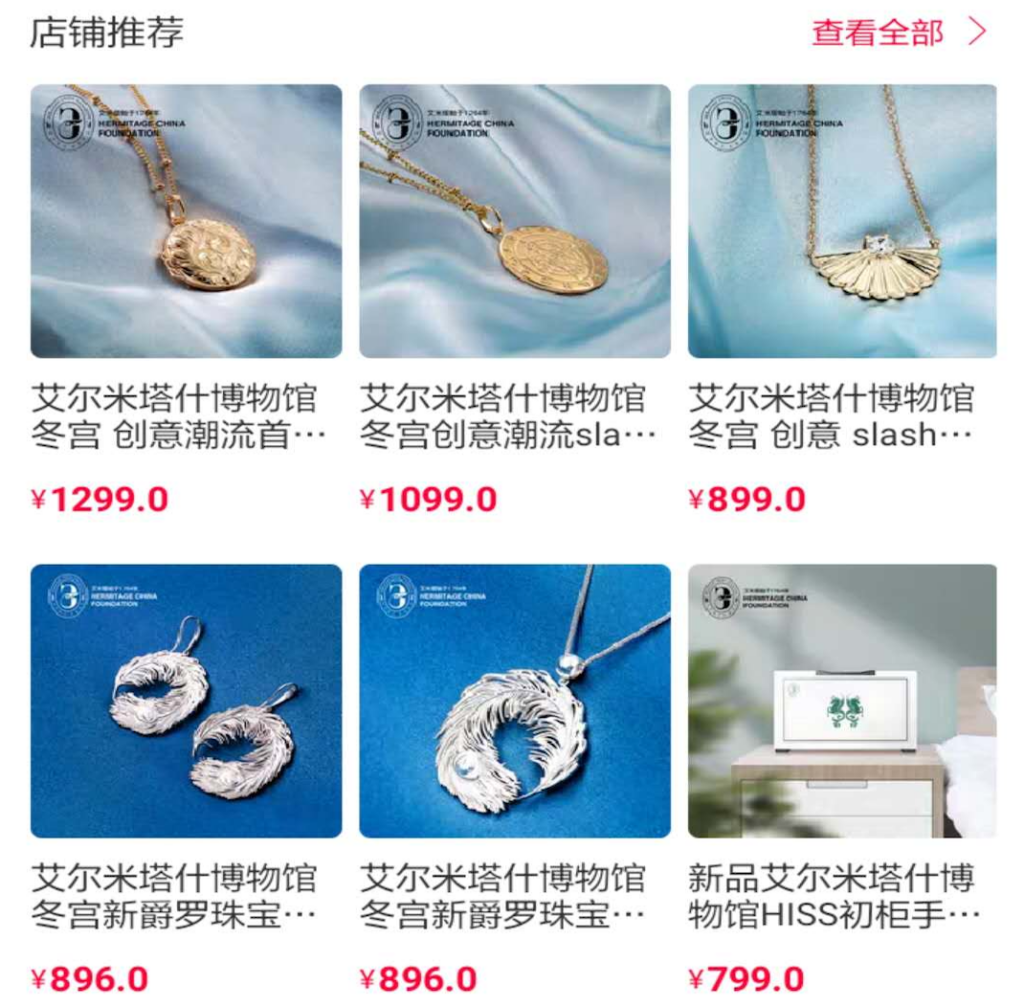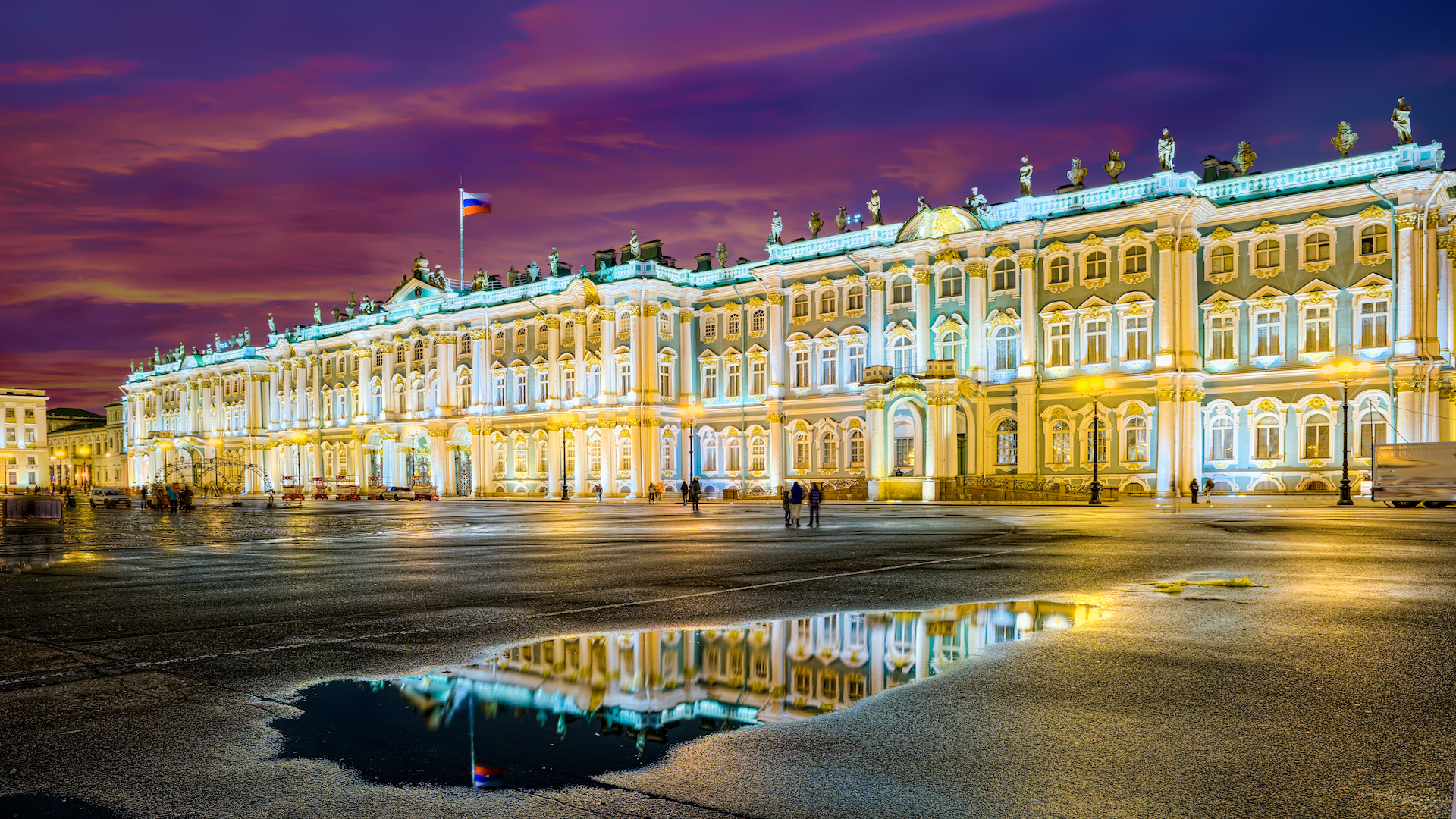On a visit to Russia last summer, China’s president Xi Jinping enjoyed a tour of St. Petersburg’s Hermitage Museum with his diplomatic counterpart Vladimir Putin playing tour guide. The private wander through the former royal residence of Russia’s tsars was symbolic of a Sino-Russian relationship that extends far beyond petrochemicals and military drills and into the realm of bilateral cultural tourism.
The hundreds of thousands of Chinese tourists that annually echo Xi’s footsteps have become a prominent source of revenue for the Hermitage Museum, one now fundamentally undermined as coronavirus forces global cultural institutions to close. The Winter Palace is attempting to compensate for such losses by launching on Tmall, China’s e-commerce giant.
Having signed a collection licensing agreement with Chinese partners, known as “Hermitage in China” programme, in late 2018, the world’s second largest museum has collaborated with 18 Chinese brands to create a range of products catering to Chinese tastes. From artsy reversible bucket hats to night-at-the-opera earrings created by Slash, a young Chinese jewellery brand, The Hermitage’s products tap smartly into the ongoing craze for wenchuang products, playful culturally inspired goods sold by museums.
“Tmall’s new cultural products offer sharp insights on the culture and museum market. It is a great moment for The Hermitage Museum to launch on Tmall,” Hong Yingli, a co-founder of Hermitage China Collection, told media.

The Hermitage Museum is converting its IP into products that sell on Tmall. Image: Tmall
At present, close to 30 prominent museums and cultural institutions have opened e-commerce stores on Tmall. Back in 2018, London’s British Museum showed the possibility for international museums to generating substantial revenue through remote visitors when it made $51 million on the e-commerce platform. It has since launched Taobao, Alibaba’s other selling platform.
While such e-commerce ventures may never fully compensate for onsite visits, 1.5 times more Chinese were visiting museums online than offline even before the imposition of coronavirus. The trend has been further catalyzed by the past three months of people being sequestered at home browsing a panoply of digitized cultural content.
The Louvre is rumored to be preparing a launch on Tmall later this year, indeed, the question for major western cultural institutions seems to be; at this moment of indefinite closure, who can afford to not engage and monetize the Chinese cultural consumer?



